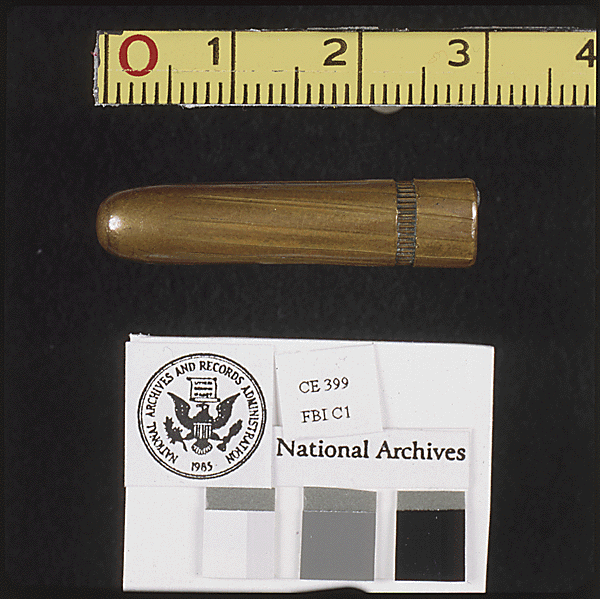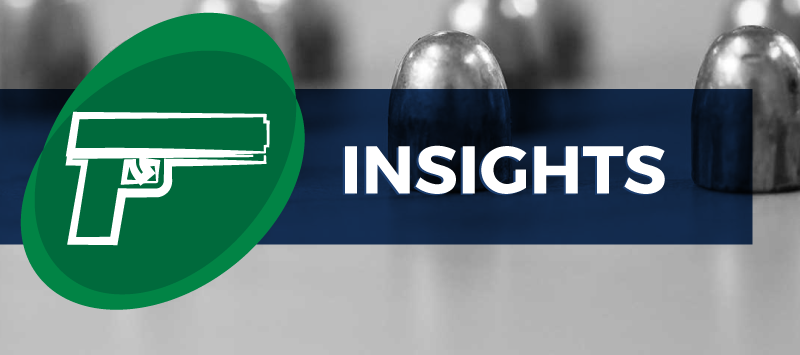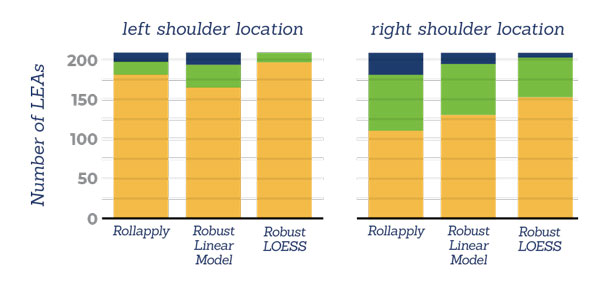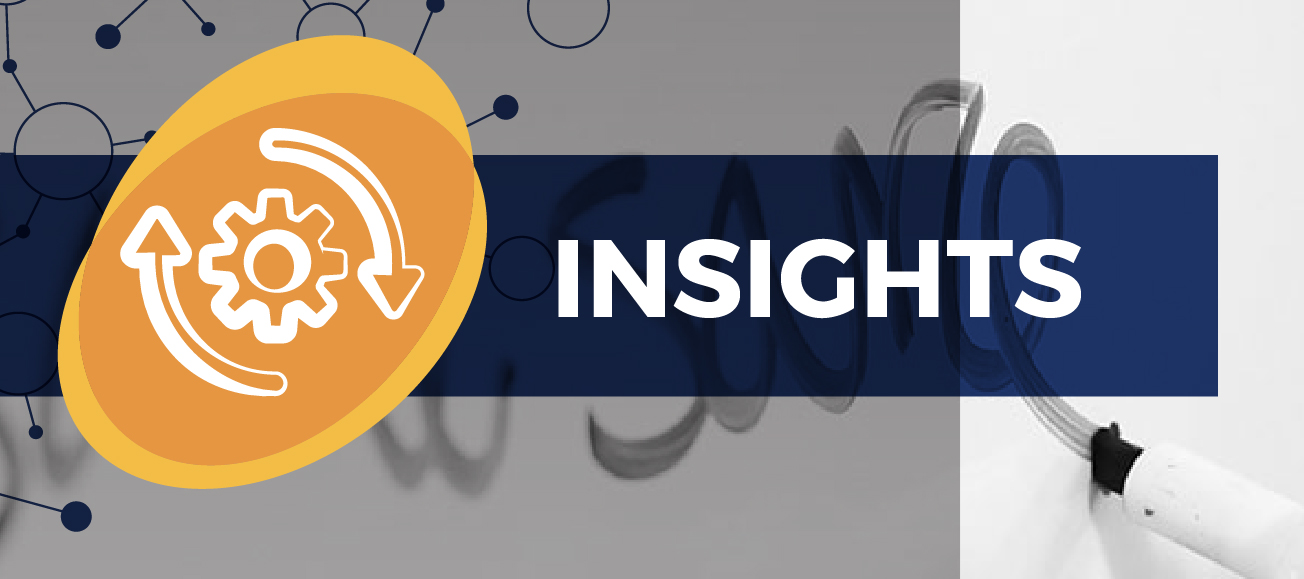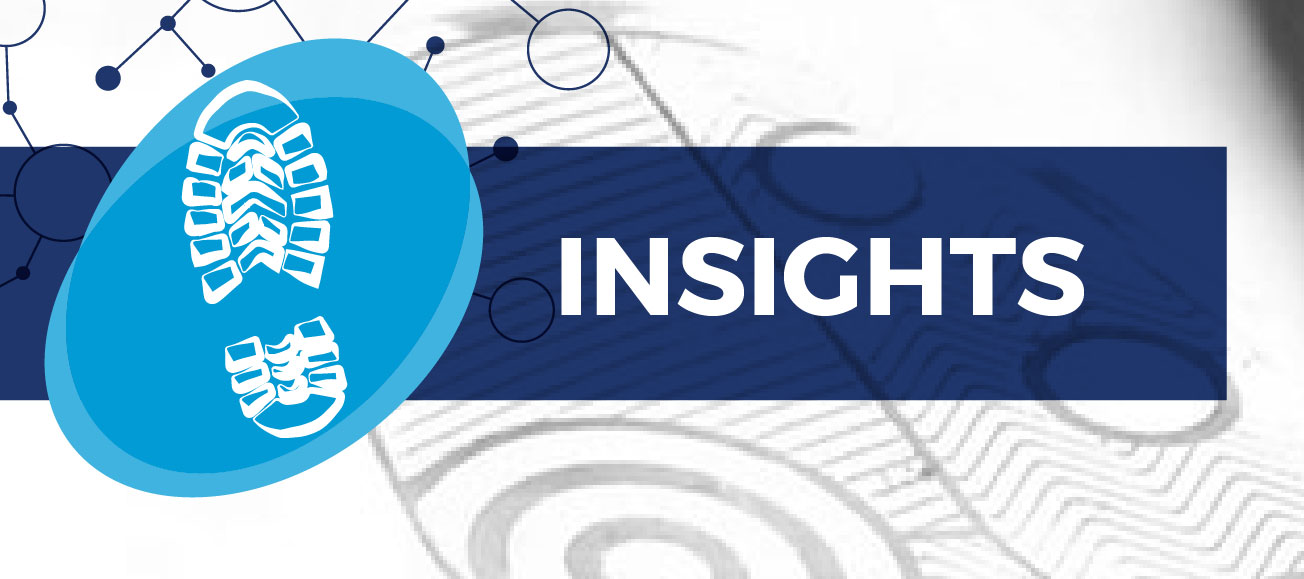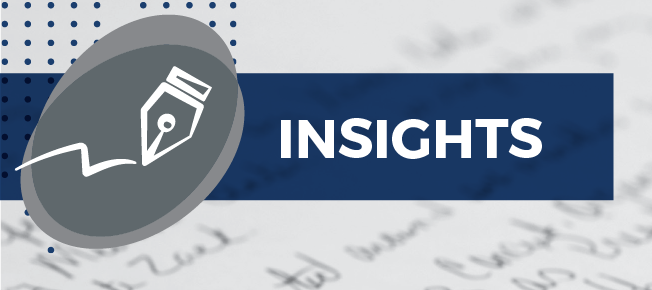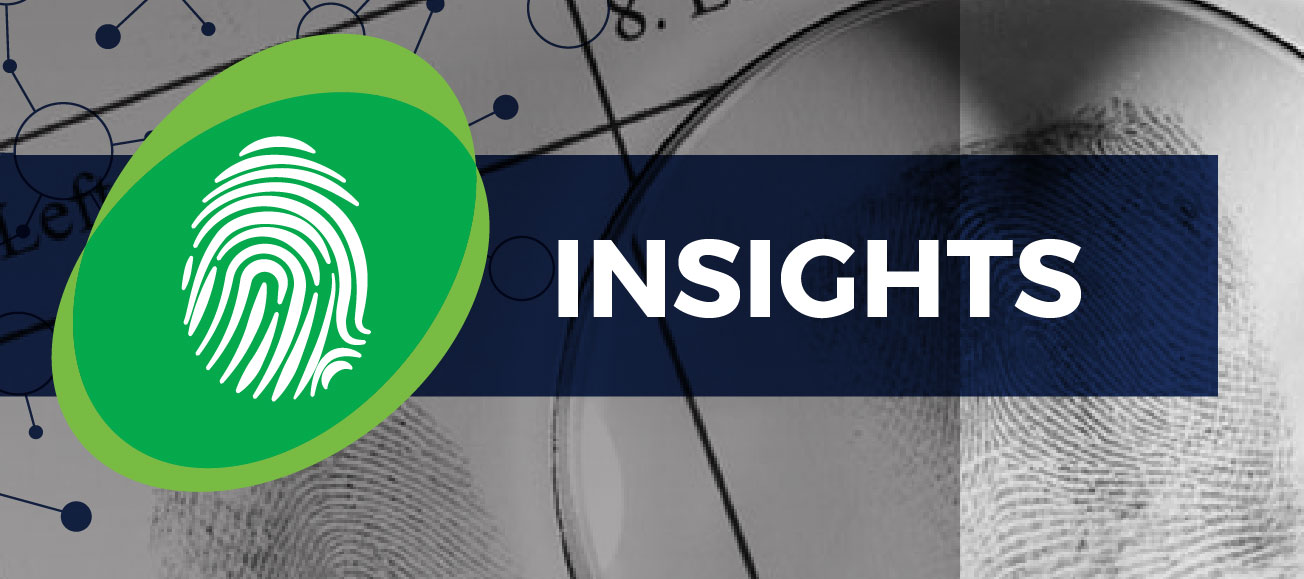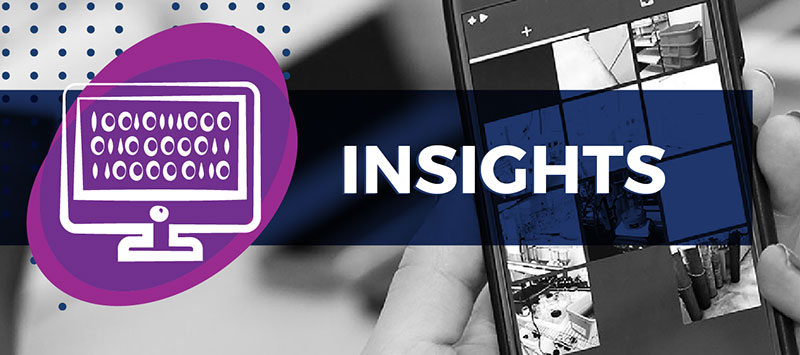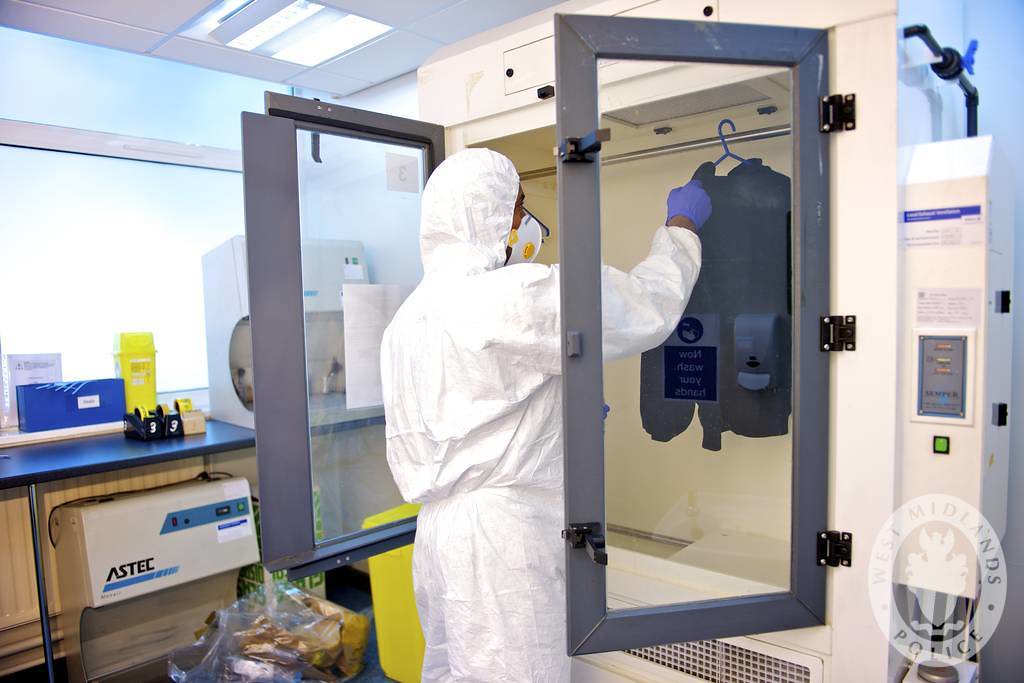How can organizations like CSAFE and the federal government help forensic laboratories succeed? What would be most beneficial as they seek to address the needs of the field?
The National Institute of Justice recently released a report to Congress asking these questions and more as they examined the interconnected relationship between forensic laboratories and the criminal justice system. The report details the results of a national needs assessment of forensic science service providers conducted in 2017-2018.
From the report:
“Forensic laboratories and ME/C (medical examiner/coroner’s) offices are constantly working to address the needs of the field, balancing operational priorities to meet stakeholder requests while introducing innovative solutions to solve emerging criminal justice questions. This needs assessment compiled demonstrative evidence of how the field is adapting to advancements in technology, the volume and types of forensic evidence, and the evolving needs of the justice system.”
The report outlines key needs in a variety of areas, such as sufficient funding and strategic planning to process increasing amounts of forensic evidence and continued efforts to strengthen quality assurance measures. The report also highlights challenges and promising practices, as well as addresses special topics. The American Academy of Forensic Sciences responded positively to this effort, and thanks Congress for its long-time support of forensic science.
Review the full report to learn more, and discover other ways the Department of Justice works to improve forensic science on their website.


